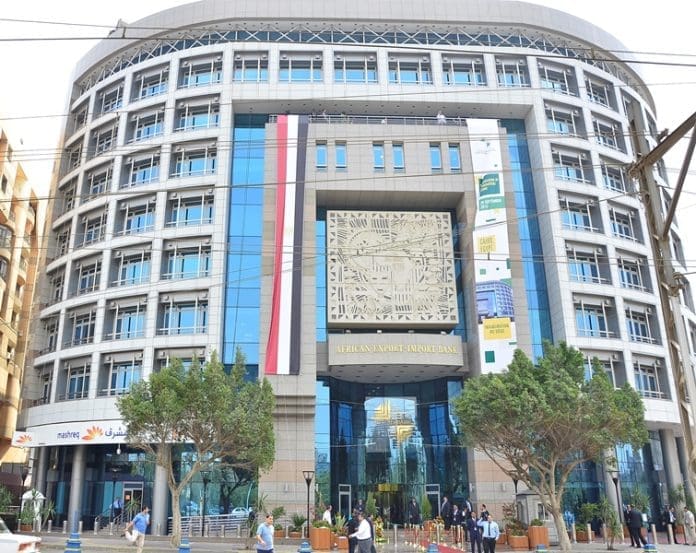The African Export-Import Bank (Afreximbank) is reviving a trade strategy that could fundamentally reshape how African producers access global markets, moving beyond the limitations of small domestic economies through Export Trading Companies (ETCs).
Prof. Benedict Oramah, the outgoing president and chairman of Afreximbank, delivered his farewell lecture at the African Continental Free Trade Area (AfCFTA) Secretariat in Accra, outlining the Bank’s commitment to bridging Africa’s trade competitiveness gap through what he describes as a holistic approach spanning financing, infrastructure, knowledge platforms, and policy harmonization.
“We need financing for traders and industrialists, infrastructure like rails and payment systems, knowledge platforms such as trade fairs and information portals, and policy support to harmonize regulations,” Prof. Oramah explained. The Bank is working closely with the African Union (AU), AfCFTA Secretariat, national governments, and private sector players to deliver on all these fronts simultaneously.
Central to this vision is Afreximbank’s development of testing and certification infrastructure across the continent. The goal is ensuring every African country possesses the capacity to verify quality and standards of tradable goods, a prerequisite for competing effectively within the AfCFTA framework and in global markets.
Prof. Oramah stressed that the Bank’s work extends far beyond simply providing capital. It’s about constructing an entire ecosystem for trade. The revival of Export Trading Companies represents a key pillar of this strategy, designed to consolidate products from small producers, provide logistics support and market intelligence, and enhance access to export markets that individual businesses struggle to reach alone.
Afreximbank has long prioritized SMEs through its export development strategy, offering unique funding instruments including factoring to bridge financing constraints faced by smaller African businesses. The ETC model builds on this foundation by creating intermediary structures that aggregate supply and navigate complex export requirements.
“The AfCFTA is often compared to the European Common Market of the 1950s or the ASEAN Free Trade Area of the 1990s,” Prof. Oramah noted. “But in truth, it is even more groundbreaking given Africa’s diversity and the number of nations involved. If we succeed, Africa will move from a collection of mostly small economies to a single economic bloc with the potential to rival other major regions.”
He positioned Afreximbank’s partnership with the AfCFTA Secretariat as a potential template for how financial institutions can directly underpin continental policy initiatives, a model that might be replicated across other sectors where Africa seeks greater self-determination.
Afreximbank financed over 50 industrial projects across the continent in 2024, including large industrial parks, energy infrastructure, and a petroleum refinery in Southern Africa. The Bank has also committed to building a pan-African automotive value chain, demonstrating its willingness to tackle complex, long-term industrial development challenges.
However, Prof. Oramah was clear that success won’t come from Afreximbank’s efforts alone. It requires collective responsibility across multiple stakeholders operating at different levels of the trade ecosystem.
“Customs officials must implement new rules diligently, regulators must cooperate across borders, banks must extend credit, businesses must innovate and take risks, and governments must resist protectionist reflexes when challenges arise,” he urged. The warning about protectionism is particularly pointed, given that economic stress often triggers calls for shielding domestic industries even when regional integration offers longer-term benefits.
The Bank’s African Trade Report 2025 emphasizes advancing the AfCFTA as a foundation for trade resilience while highlighting the expanding use of the Pan-African Payment and Settlement System (PAPSS), which addresses one of the continent’s most stubborn trade barriers by enabling transactions in local currencies rather than routing payments through foreign banks.
As Prof. Oramah prepares to step down after leading the institution’s remarkable growth, he reaffirmed the Bank’s core mission. “Afreximbank will continue to do what it does best, innovate and finance. Our work is to turn Africa’s potential into prosperity.”
The question facing Africa’s trade architects isn’t whether the infrastructure and mechanisms can be built. Afreximbank’s track record suggests they can. What remains uncertain is whether the political will exists across 54 nations to maintain the difficult coordination required when short-term pressures inevitably test long-term commitments to integration.
Source: newsghana.com.gh




